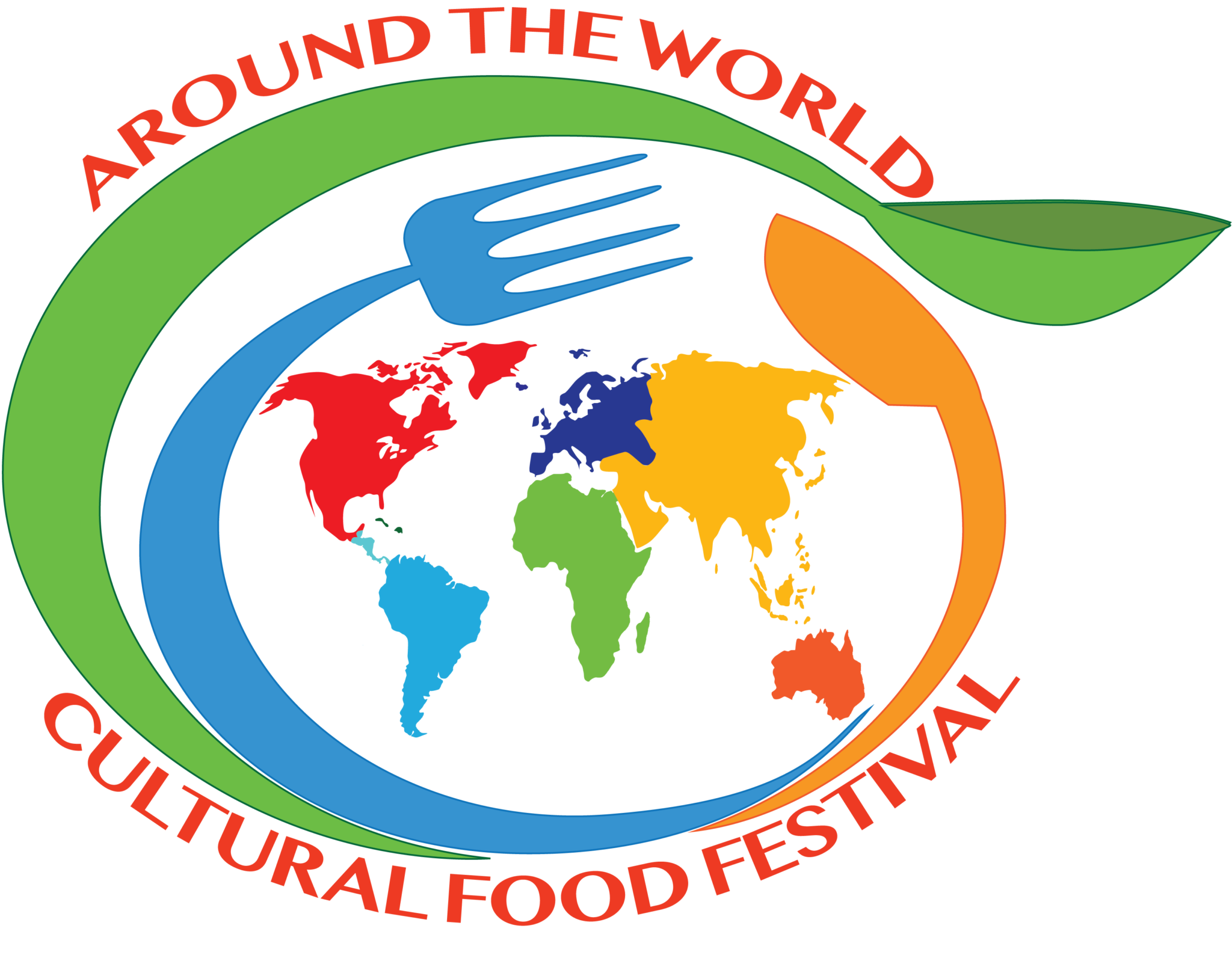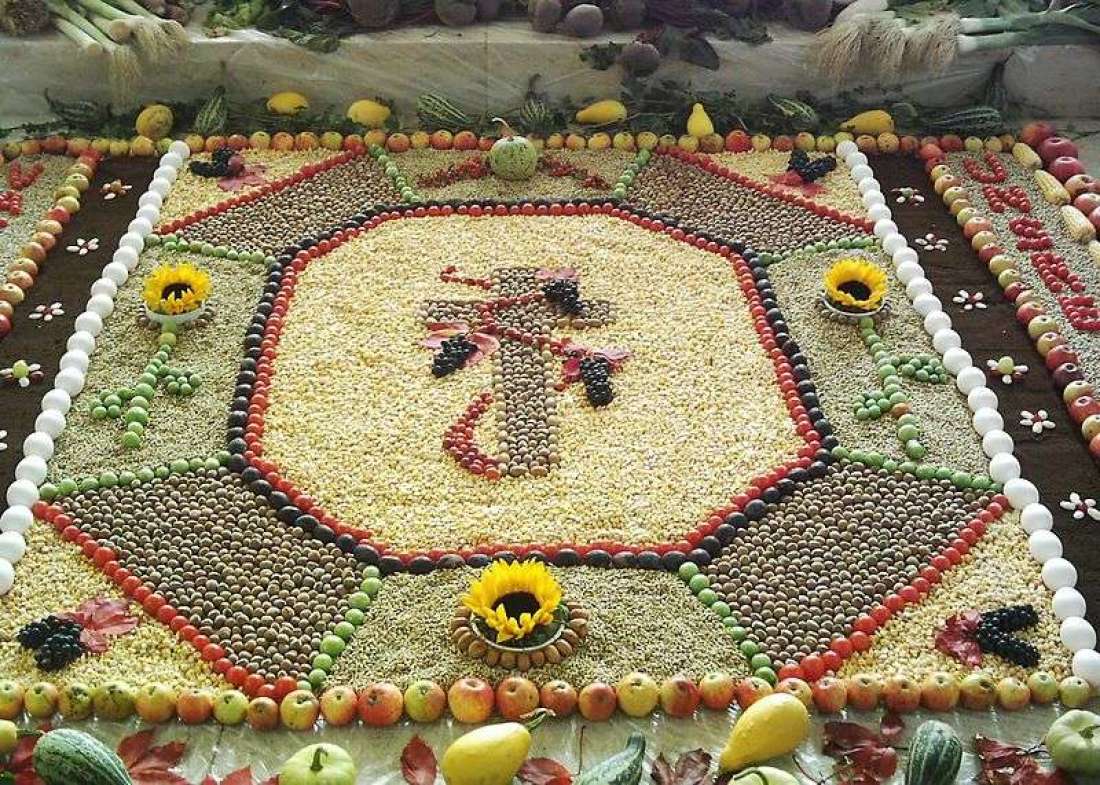Thanksgiving seems like a holiday that’s as American as apple pie, or pumpkin pie for that matter. But actually, there are variants of this day all around the world. Their meanings, dates and customs may vary, but they all revolve around the concept of gratitude.
1. GERMANY
A religious holiday that often takes place on the first Sunday of October, Erntedankfest is essentially a harvest festival that gives thanks for a good year and good fortune. In rural areas, the harvest aspect might be taken more literally, but churches in cities also hold festivities. This might include a procession where one wears Erntekrone, a harvest crown made of grain, flowers, and fruit. Although turkeys are making inroads, fattened up chickens (die Masthühnchen), hens (die Poularde), castrated roosters (der Kapaun), and geese (die Gans) are favored for the feast.
2. JAPAN
Kinrō Kansha no Hi is a national public holiday that Japan celebrates every November 23. Derived from ancient harvest festival rituals named Niinamesai, its modern meaning is more tied to a celebration of hard work and community involvement, hence its translation: Labor Thanksgiving Day. While Niinamesai’s traditions reach back thousands of years, Kinrō Kansha no Hi was created officially in 1948. It was intended to celebrate the rights of workers in post-World War II Japan. Today it is celebrated with labor organization-led festivities, and children creating crafts and gifts for local police officers.
3. LIBERIA
A variation on America’s Thanksgiving can be found in the West African nation of Liberia, which was founded in the 19th century by freed slaves from the U.S. Mainly celebrated by Christians, Liberians take the concept of the cornucopia and fill their churches with baskets of local fruits like bananas, papayas, mangoes, and pineapples. An auction for these is held after the service, and then families retreat to their homes to feast. Concerts and dancing have evolved as a distinctive part of Liberia’s Thanksgiving traditions.
4. THE NETHERLANDS
For many of the pilgrims, England was just a layover on the way to America. Around 40 percent of the adults on the Mayflower were coming from Leiden in the Netherlands, where they lived and worked from 1609 to 1620. The Dutch have claimed influence on several elements of colonial American life from this contact, including civil marriages, ladder-back chairs, and wood-planked house construction. Some even suggest the pilgrims’s Thanksgiving found inspiration in Leiden’s annual commemoration of the breaking of the Spanish siege of 1574. Regardless, the people of Leiden still celebrate the American settlers who once lived there with a non-denominational church service on the fourth Thursday of November. Afterwards, there’s no turkey, but cookies and coffee are offered.
5. NORFOLK ISLAND
Like Grenada, this small and remote Pacific Island that sits between Australia and New Zealand owes its Thanksgiving to contact with the U.S., specifically with its whalers in the mid-1890s. It began when American trader Isaac Robinson proposed decorating the All Saints Church with palm leaves and lemons, hoping to attract whalers to a Thanksgiving service/celebration. Though Robinson passed away before the following Thanksgiving, the tradition caught on. Now on the last Wednesday of November, families bring fruit and vegetables to the church to celebrate, tying cornstalks to pews, and decorating the altar with fresh flowers. Where they would once recollect their offerings afterwards, now these are sold to raise money for the church.
More information @ http://mentalfloss.com/article/60261/how-7-other-nations-celebrate-thanksgiving

